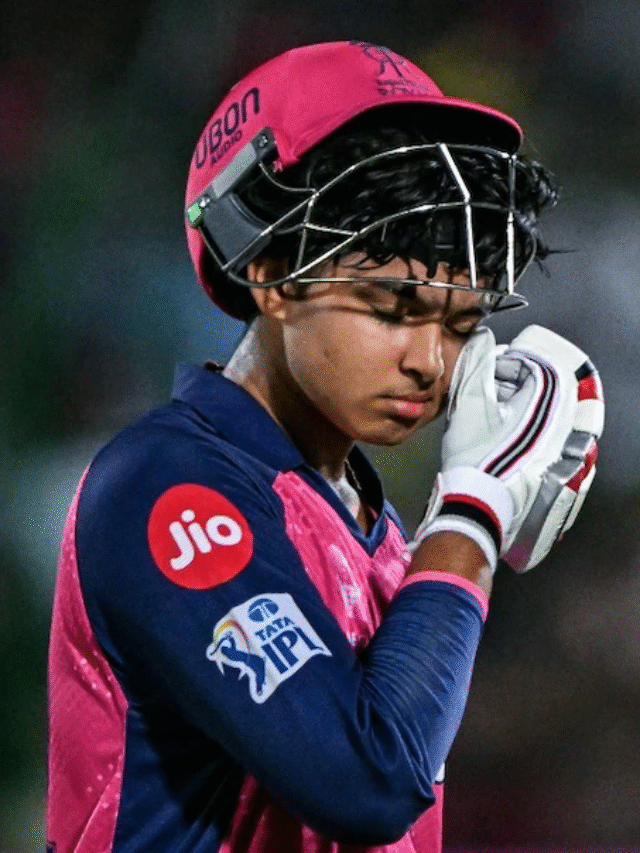Recognised globally as a major lifestyle-related ailment, hypertension can lead to serious complications like heart disease, stroke, and kidney disorders—making timely and adequate health insurance coverage essential.
Hypertension and pre-existing condition coverage
Health insurance policies in India generally treat hypertension as a pre-existing disease (PED). That means a waiting period—often ranging from 1 to 4 years—applies before policyholders can raise claims related to the condition.
However, this is changing with the introduction of specialised products and riders.
“In recent years, several health insurance products and riders have been introduced that are specifically designed to support individuals with chronic lifestyle conditions such as high blood pressure,” said Siddharth Singhal, Head of Health Insurance at Policybazaar.
New-age offerings: Reduced or zero waiting periods
To make coverage more accessible, insurers now offer chronic care or advance cover riders that reduce the waiting period to as little as 30 days. These come at an additional premium—typically 15–20% higher than standard plans—but enable earlier protection against hypertension-related risks.
At ManipalCigna Health Insurance, products like Sarvah Pratham and Sarvah Uttam include the Sarathi benefit, which reduces the waiting period to 30 days.
“Most notably, the Sarvah Param variant offers zero waiting period, enabling day-one coverage,” said Ashish Yadav, Head of Products and Operations at ManipalCigna.
TATA AIG General Insurance also offers flexibility through its Advance Cover rider.
“It’s prudent to evaluate such offerings when selecting a policy to ensure timely coverage,” advised Dinesh Mosamkar, Senior VP of Consumer Underwriting at TATA AIG.
Why OPD and disease management benefits matter
Hypertension management requires more than just hospitalisation cover. Regular consultations, diagnostics, and lifestyle adjustments are integral to long-term care.
“OPD coverage is popular among hypertensive individuals. It covers frequent doctor visits, diagnostic tests, and medications required to manage blood pressure,” said Singhal of Policybazaar.
He recommends opting for plans with a high sum insured—₹25 lakh or more—given the risk of severe complications.
Yadav from ManipalCigna also highlighted the importance of disease management programs.
“Policies that include wellness initiatives, lifestyle coaching, or disease management support can improve long-term health outcomes,” he said.
TATA AIG’s MediCare Premier plan, for instance, includes OPD consultations, teleconsultations, nutrition support, and annual preventive check-ups.
Importance of full disclosure
Despite improvements in coverage, many claims get denied due to partial or non-disclosure of hypertension at the time of policy purchase.
“We’ve seen claims delayed or denied due to incomplete disclosure of hypertension,” said Singhal.
He noted that some individuals believe borderline or well-controlled hypertension doesn’t require disclosure, but this can cause issues if complications later arise.
Mosamkar from TATA AIG echoed the warning.
“If a policyholder fails to disclose a known condition such as hypertension, and it later leads to a claim, the insurer may investigate. Non-disclosure can lead to policy cancellation and loss of premiums,” he explained.
Yadav of ManipalCigna stressed the value of transparency: “Full disclosure ensures that policyholders receive timely support and the benefits they are entitled to without unnecessary delays.”






